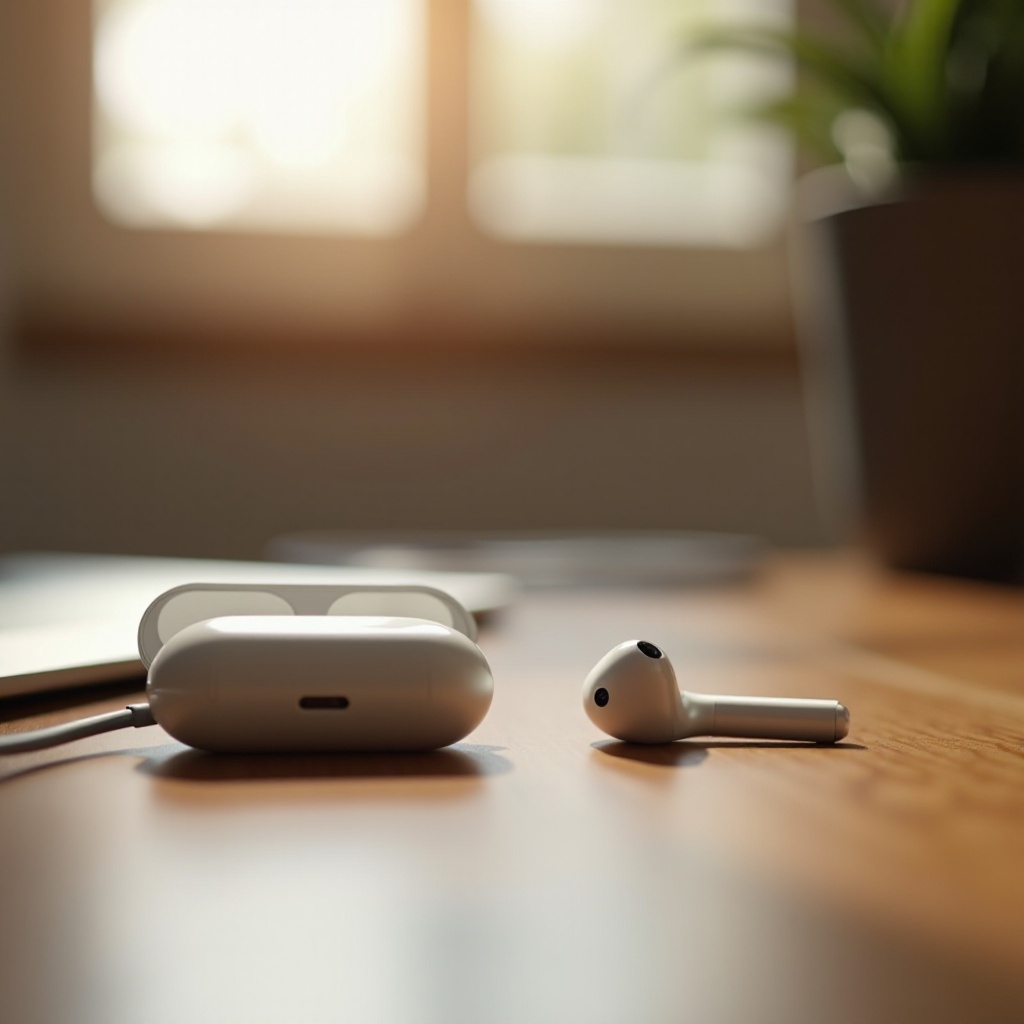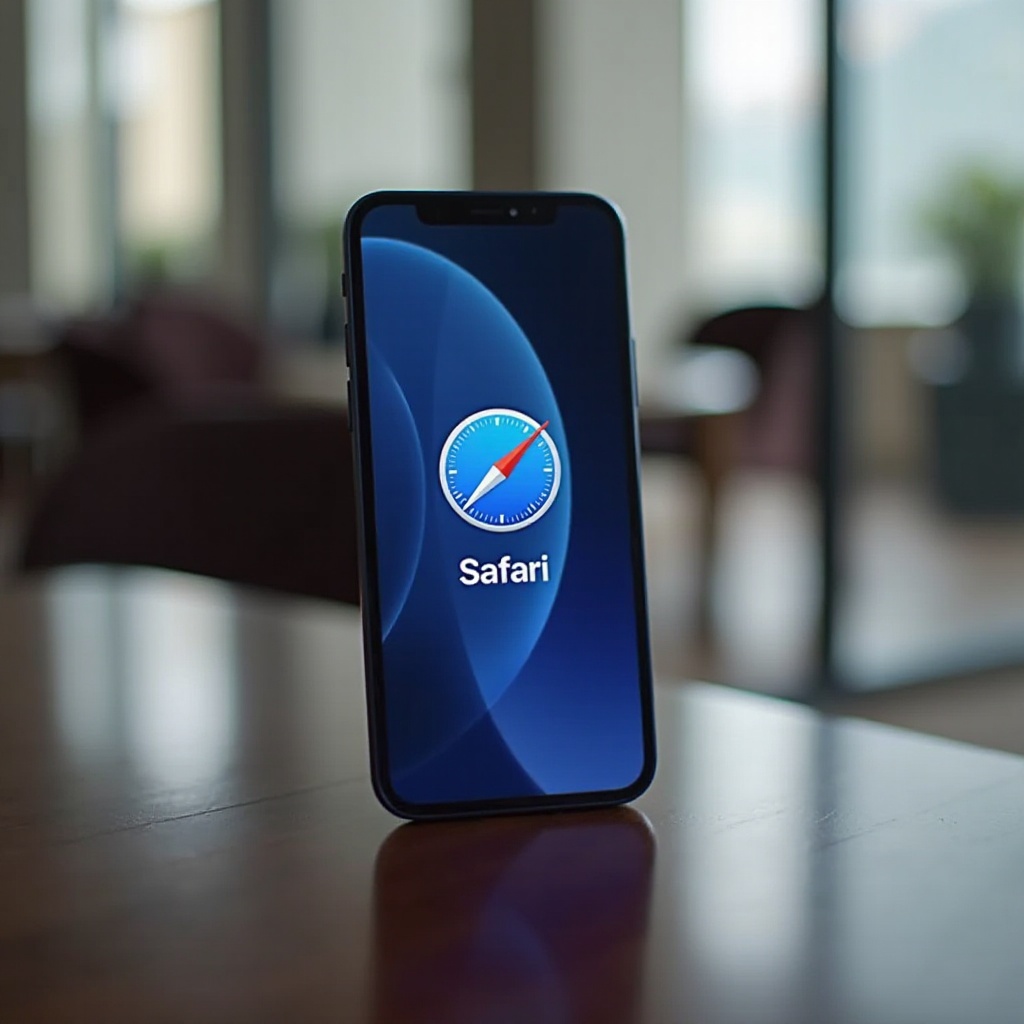Introduction
AirPods represent a marvel in audio technology, enhancing the listening experience through their sleek design and wireless convenience. Yet, for many users, this enjoyment is abruptly interrupted by a fast-draining battery. If you’ve ever wondered, ‘Why is my AirPods dying so fast?’ you’re definitely not alone. The frustration of managing power issues can significantly impact daily life. In this comprehensive guide, we’ll dive into the causes behind rapid battery drain in AirPods, offering practical troubleshooting tips and actionable solutions tailored for both tech enthusiasts and everyday users. By improving your understanding of AirPods battery management, you can enjoy a seamless and extended listening experience.

Understanding AirPods Battery Basics
AirPods utilize advanced lithium-ion batteries, commonly found in modern electronics for their lightweight and durable properties. These batteries are designed to endure multiple charge cycles, with each complete charging and discharging process counting as one cycle. Over time, the capacity may diminish, resulting in less listening time per charge. Apple’s estimates suggest up to 5 hours of listening per charge, but individual usage patterns and settings can cause variations.
The battery percentage displayed on your device gives a rough estimate, not an absolute value. A deeper understanding of how these batteries function can shed light on why your AirPods might be depleting faster than expected.
Common Reasons for Fast Battery Drain
Environmental Impacts
Environmental conditions can play a significant role in battery efficiency. Extremes in temperature—whether too high or low—accelerate battery degradation. Cold conditions, in particular, increase the rate at which batteries discharge. Prolonged exposure to direct sunlight or heat can lead to permanent battery deterioration.
Usage and Settings
Your usage habits significantly influence battery performance. Listening at high volumes, frequent phone calls, and leaving features like noise cancellation enabled can all contribute to faster battery depletion. Moreover, connecting to multiple devices simultaneously can further stress the battery.

Connecting Factors: Firmware and Software Considerations
Outdated firmware can result in inefficiencies that negatively affect battery life. Regularly updating AirPods is crucial to address potential bugs or glitches. Ensuring that your AirPods are running the latest software can boost overall performance and efficiency.
Troubleshooting and Solutions
Update Firmware Regularly
Always keep your AirPods up-to-date by connecting them to your iPhone or iPad. Automatic updates will address known issues impacting battery performance and improve stability.
Optimize Audio Settings
Adjusting audio settings can significantly reduce battery consumption. Lower the volume and disable noise cancellation when unnecessary for optimal battery savings.
Reset and Reconnect AirPods
A simple reset might resolve battery-related anomalies. Place your AirPods inside their case, close the lid, and wait 30 seconds. Open the case, press and hold the setup button until the light flashes amber, then white. Reconnecting them afterwards may resolve any lingering issues.
Best Practices to Preserve Battery Life
Charging Habits
Adopting mindful charging practices is pivotal. Charge your AirPods frequently instead of allowing them to completely run down. Avoid overcharging by not keeping the AirPods connected to power once they reach full charge.
Proper AirPods Storage
Ensure AirPods are stored in their case when not in use to minimize idle battery drain. The case also functions as a portable charging station, extending the AirPods’ usage window.
Avoiding Overuse
Conscious moderation of usage can preserve battery longevity. Taking breaks between extensive listening sessions can prevent unnecessary battery wear and protect your ears over time.

Advanced Tips for Extending Battery Longevity
Third-Party Battery Accessories
For users needing constant power, third-party accessories like battery packs or charging cases can provide added convenience and enhance battery life. Always check for compatibility with AirPods.
Temperature Management
Maintaining recommended temperatures ensures optimal battery health. Keep AirPods away from extreme conditions and never leave them in direct sunlight or hot environments.
Monitoring Battery Health
Regular checks of your AirPods’ battery status can help pre-empt issues. Review battery percentage through your connected device and track significant discrepancies, which might indicate underlying problems.
Conclusion
Dealing with rapid battery drain in AirPods can be a source of frustration, but understanding the factors at play and applying effective strategies can significantly enhance battery life. With structured charging habits, judicious use, and regular firmware updates, AirPods users can ensure a prolonged and delightful listening experience. By implementing these solutions, you can regain control, optimizing AirPods usage for longer periods.
Frequently Asked Questions
How can I check the battery health of my AirPods?
To check your AirPods battery, open the case near your paired iPhone. A pop-up will display the battery percentage for both the AirPods and the charging case. For an approximation of battery health, cycle through this monitoring periodically.
Can I replace the AirPods battery?
Apple doesn’t provide direct battery replacements for AirPods. However, out-of-warranty battery service can be done by Apple for a fee.
What are some signs that my AirPods battery needs attention?
Common indicators include significantly reduced listening time, inconsistent charging from the case, and abrupt shutdowns despite showing sufficient battery levels.

